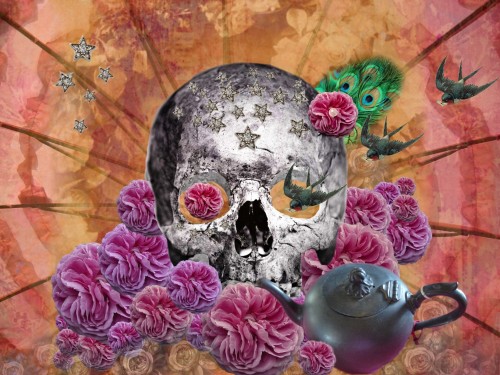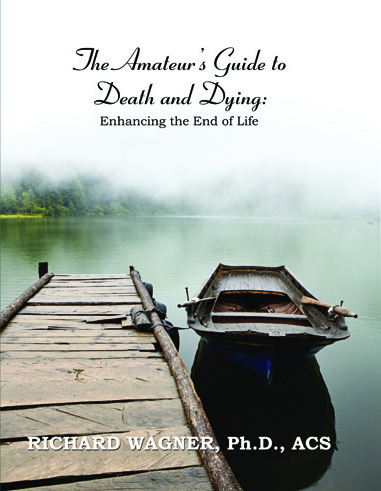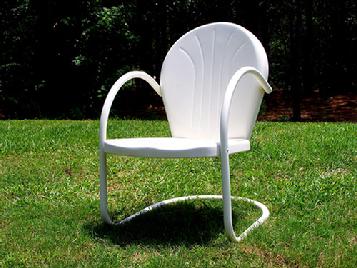By Carole Brody Fleet
“I’m afraid of saying the wrong thing.”
The number of times that I’ve heard these sentiments expressed by those who surround the widowed are countless. Unfortunately, many seem to have lost sight of the fact that the words, “I’m so sorry” can be the most comforting words of all. As a result and even though it may be in an attempt to console, people can instead wind up saying some pretty ridiculous things. Having been widowed myself and at the receiving end of some of these comments (and worse), I continue to be amazed at what some say in the guise of sympathy.
Following are actual expressions of “compassion” that have been shared with widowed; including what oftentimes goes through bereaved person’s mind when hearing these expressions. We’ll call this, “What Not to Say…Ever!”:
1. When someone says: “At least you were prepared” (when death is anticipated).
What the widowed are thinking is: “Expecting death doesn’t make the reality of death any easier.”
2. When someone says: “At least s/he didn’t suffer” (when death is sudden).
What the widowed are thinking is: “That made things easier on them … not me.”
3. When someone says: “Everything happens for a reason.”
What the widowed are thinking is: “Whatever that ‘reason’ is, I’m not interested in hearing it.”
4. When someone says: “You were just meant to be alone.”
What the widowed are thinking is: “If I were meant to be alone, I wouldn’t have gotten married in the first place.”
5. When someone says: “I know how you feel.”
What the widowed are thinking is: “No you don’t, because you are not me and losses cannot be compared.”
6. When someone says: “You’ll find someone else.”
What the widowed are thinking is: “What makes you think that I’m looking for someone else right now?”
7. When someone says: “You should be ‘over it’ already.”
What the widowed are thinking is: “Well, I’m not ‘over it’ and I’m sorry if my healing timeline doesn’t fit your timeline.”
8. When someone says: “Now you’ll have closure.”
What the widowed are thinking is: “I don’t want to ‘close’ any part of my life. What does that even mean?”
9. When someone says: “S/He’s in a better place.”
What the widowed are thinking is: “Better than here with me?”
10. When someone says: “You can always get a pet to replace him/her.” (Yes, someone actually said that.)
What the widowed are thinking is: “You’re kidding, right?”
11. When someone says: “Divorce is the same.”
What the widowed are thinking is: “It’s not the same. I understand you’ve experienced the ‘death’ of a relationship. But in your case, someone somewhere made a choice. No one ‘chose’ to leave my marriage.”
12. When someone says: “You were married for so many years and he/she lived a long life.”
What the widowed are thinking is: “That doesn’t matter. It will never be long enough.”
13. When someone says: “You’re not really a widow/er because you were only married for…” (a short time).
What the widowed are thinking is: “I missed the part of the wedding ceremony that said how long we had to be married before it ‘counted’ toward widowhood.”
14. When someone says: “You weren’t technically married so you’re not really widowed.”
What the widowed are thinking is: “My heart doesn’t understand technicalities. My heart only knows that the person with whom I planned to spend the rest of my life is gone.”
15. When someone says: “S/He was my brother/sister/other relative. You weren’t technically related.”
What the widowed are thinking is: “Please make sure that I’m standing there when you tell our children that Mom and Dad weren’t technically related.”
The common thread in all of these statements (and many more like them) is that while most may be said in an attempt to comfort, absolutely none of these statements will console anyone.
So what should you say to a widowed instead?
Express genuine sympathy: “I’m so sorry; I can’t even begin to imagine the pain you’re in right now.”
You have provided immediate comfort and a sense of reassurance to someone whose world has been rocked; as well as reassurance that they don’t have to face this bleakest of seasons on their own.
Encourage dialogue: “You might not be ready to talk about it today, but when you’re ready, I’m here to listen.”
One of the most helpful things in the world is a kind ear and it is after the funeral, when everyone else has seemingly disappeared that your compassion is needed the most.
You really can be the first avenue of comfort to a widowed. No longer are the excuses, “I don’t know what to say” or “I’m afraid of saying the wrong thing” acceptable. While I’m not sure that I ever bought into the cliché that, “Ignorance is bliss,” this I know for certain:
When it comes to consoling the bereaved, ignorance is not “bliss.”
It is instead a gigantic miss.
Complete Article HERE!






